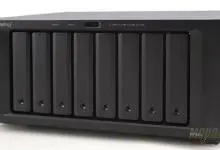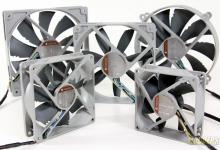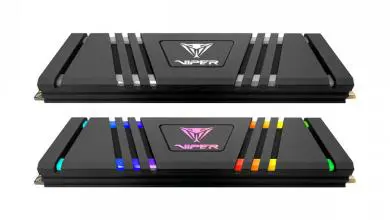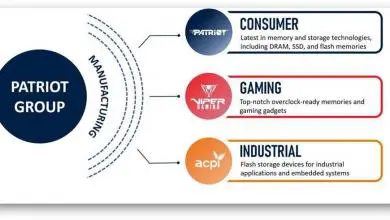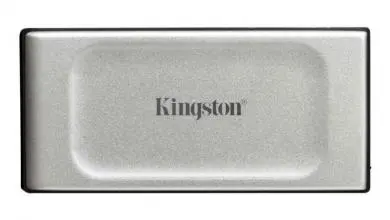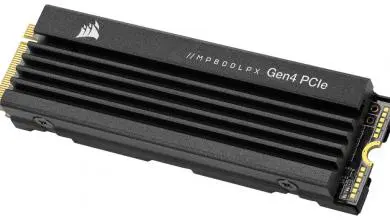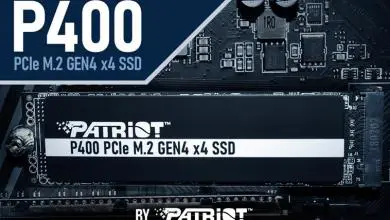Plextor PX-G256M6e 256 GB M.2 SSD Review
Conclusion
With the release of the Z97 chipset from Intel, the M.2 form factor is gaining a lot more traction. Clearly, M.2 is considerably faster than traditional SATA based SSDs. One thing to note is the M.2 specifies up to four lanes of PCIe to use with M.2 SSD drives however, Intel has limited the Z97 chipset to just two lanes and the Plextor M6e matches the lane usage as the specifications state the M6e drives use two PCIe lanes.
The M.2 form factor opens a lot of possibility for modding. Without the need for a separate SSD Drive, cables, and power supply, the motherboard can be crammed into some pretty tight spaces, or in “traditional” cases cable management for a single drive is nonexistent since it rides directly on the motherboard and performance of the Plextor M6e eclipses the fastest SSD that I have on hand; the Samsung 840 Evo.
Let’s put things in perspective, the Plextor M6e is a 1st generation M.2 drive vs. a mature SATA SSD, the Plextor M6e holds it own. In random tests the Plextor M6e cannot keep up with the more mature Samsung 840 Evo and the performance differences are not that far apart. In terms of raw speed the Plextor M6e wins hands down thanks to the M.2 specification. We are looking at the high end of the consumer performance scale with both of these drives. With this being a 1st generation drive, I am anxious to move ahead and see what the capabilities of future M.2 drives will be. I am sure as the M.2 platform matures, the drives will far outpace that of current SATA SSDs.
Plextor was one of the first manufactures to bring an M.2 drive to the market and they have done so with little to no fanfare, they are letting the performance of the drive speak for itself. Only time will tell how well the drive performs over time but with current trends increasing in SSD reliability over time, I do not see any issues with this drive working flawlessly over the years. It is true the SSDs do have a finite lifetime, but with upgrade cycles reaching around a 3-year time span, I think that you will be replacing the drive before you reach that threshold.
SSD are here to stay and not some fad. Manufactures are working tirelessly to increase capacity and reliability. As with most consumer products, as more and more products are released the prices tend to drop. Currently SSDs are more expensive per gigabyte over mechanical hard drives and over the last few years we have seen the gap between the two narrow considerably. Currently the drive without the PCIe adapter can be purchased for around the $200.00 USD mark; add the PCIe adapter and the price jumps up about $50.00 USD.
The NVMe protocol is specified in the SATA 3.2 specification but is only supported by a limited number of operating systems and is designed to replace the aging AHCI protocol which was designed for mechanical hard drives. NVMe is designed to leverage the features of newer storage technologies such as SSDs. Plextor chose to make the M6e use the AHCI protocol, which is compatible with most, if not all modern operating systems.
I have been using the Plextor M6e in my daily rig for about a month now and the operating system and a few select applications are installed on the drive. Perceived performance is extremely snappy. When launching Photoshop or other drive intensive applications the time to load is significantly reduced and overall performance of the application during use has increased too. If you’re a modder, want to reduce clutter inside your case and your board supports M.2, or just want to be an early adopter grab the Plextor M6e SSD and run with it, you won’t be disappointed.
[sc:must_have_award ]

